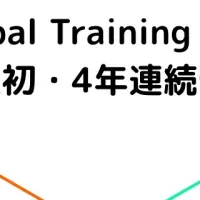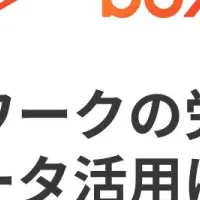
The Growing Perforating Gun Market: Projected to Reach $1.48 Billion by 2030
The Rising Tide of the Perforating Gun Market
The perforating gun market is on a promising trajectory, with predictions placing its value at approximately $1.48 billion by 2030. This growth reflects an annual gain of 4.5% from an estimated $1.19 billion in 2025. A variety of factors contribute to this upward trend, particularly developments in the oil and gas sectors.
Factors Propelling Growth
One of the main drivers behind this market expansion is the escalating exploration and production of unconventional oil and gas resources, especially in North America. The region has seen significant activity in shale and tight oil reserves, thanks to advancements in drilling technologies that enable efficient extraction from these challenging deposits. Additionally, a stable upstream activity environment, along with the formation of seasoned oilfield service companies, is further bolstering market growth.
Moreover, the wireline conveyed casing gun system is at the forefront of this industry's innovation. This technology offers a faster, more economical solution for perforating wells, making it a favored choice among operators looking to optimize productivity while managing costs effectively. Given the increasing demand for advanced perforating technologies, this system is predicted to maintain its position as a market leader.
Profitability of Depth
The segment dealing with wells at depths between 3,001 and 8,000 feet is attracting attention as it showcases lower operational costs and quicker returns on investment. These wells are appealing for operations that are sensitive to costs as they require less rig time, simplified equipment, and streamlined logistics. The benefits of this depth range include quicker project completions—allowing operators to generate revenue sooner, which is a significant advantage for smaller companies keen on improving cash flow efficiency.
North America Leads Market Capabilities
Within the global landscape, the North American region has emerged prominently, especially in the U.S. and Canada, where high production levels of shale and tight oil are prevalent. Robust activity in exploration and production, complimented by a solid oilfield service infrastructure, positions North America as a leader in the global perforating gun market. The performances in this area demonstrate a favorable investment climate, further accelerating the demand for advanced perforating systems.
Key Competitors in the Field
Numerous established companies are currently shaping the perforating gun market landscape. Key players include SLB, Weatherford, Baker Hughes Company, Halliburton, and NOV, with each company employing various strategies such as acquisitions, partnerships, and sales contracts to enhance their market position. For instance, SLB recently expanded its offering in the production sector through its acquisition of ChampionX, while Weatherford enhanced its technological capabilities by acquiring Datagration Solutions, showcasing the competitive nature of this market and its reliance on technologically advanced solutions.
Conclusion
The perforating gun market reflects a growing industry poised for development, underpinned by the advancements in exploratory activities and technological innovations that favor efficiency and cost management. As operators in the oil and gas sector continue to push for better performance and productivity, the demand for advanced perforating solutions is likely to increase, solidifying the significance of this niche market through to 2030 and beyond. In a landscape laden with competition amongst key players, the drive for technological innovation and operational efficiency will undoubtedly define the future trajectory of the perforating gun market.
Topics Consumer Technology)










【About Using Articles】
You can freely use the title and article content by linking to the page where the article is posted.
※ Images cannot be used.
【About Links】
Links are free to use.